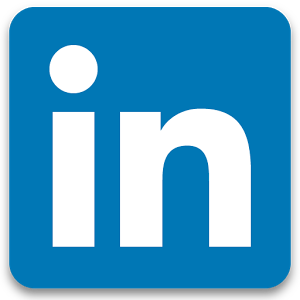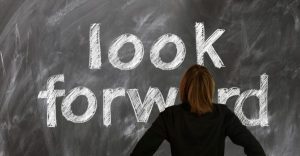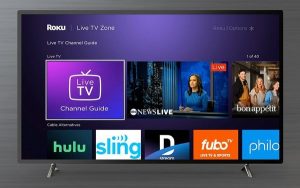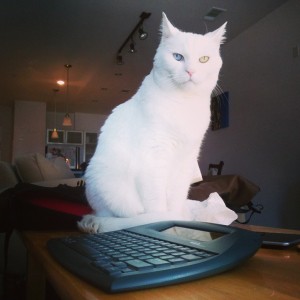Work is harder than it should be for many people. Here’s how to make it better for yourself
Andre Martin maintains you should spend more time looking for the right fit so that you spend more of your 13.5 years at work energized, engaged, fulfilled, and happy.
Andre Martin is an organizational psychologist and currently the culture strategist at Joyful, a consulting firm helping leaders unleash the power of culture in their organizations. Formerly, he held the role of chief talent and learning officer at Nike, Mars, Target, and Google.
Below, Martin shares five key insights from his new book, Wrong Fit, Right Fit: Why How We Work Matters More Than Ever. Listen to the audio version—read by Martin himself—in the Next Big Idea App.
1. Work is harder than it should be for a lot of people.
During my career, I have met many talented people doing the best work of their lives. They were healthy, fully engaged, confident, and optimistic about their future. They walked around the hallowed halls of great brands with a bounce in their step and a purpose to their day. They were a part of something that made sense to them. They had found their right fit.
But, in each company, another very particular group caught my eye. The talented people who were struggling—struggling to do their best work, struggling to keep their confidence high, and struggling to make sense of the place where they had landed. They had past success in other companies, had been accustomed to high performance, and had rarely wondered if they were good enough. Yet there they were, exhausted, frustrated, lacking confidence, and in a state of discontent. These were my people, my cause: the highly talented individuals who had landed in wrong fit.
Most research about strong work cultures and engagement looks at the similarities among great cultures. However, in my experience, the differences between how great cultures work on a day-to-day basis hold the key insights. For instance, Nike did work differently than Target, who did it differently from Google, who worked very differently than Mars . . . and so on.
What if the issue isn’t good or bad culture, or toxic versus engaging workplaces? What if the answer to engagement doesn’t lie in universal truths? What if the issue is the fit between how a company works and how a talent prefers to work?
Fit is a deep and authentic connection to how a company works day-to-day. Not just what it values or stands for but how the company collaborates, solves problems, manages conflict, socializes ideas, gives feedback, determines high performance, thinks about time, develops its people, and many other things. It’s all the activities that make up work on any given day.
The Gallup Organization estimates that there is currently $8.8 trillion of lost productivity in the workplace due to disengagement. And we are seeing unprecedented levels of burnout and stress, with reports from the likes of CNBC and Ernst & Young estimating that 53% of our managers are burned out and 40% of employees feel isolated at work. Further, global-engagement numbers have barely moved in a decade, though many companies have invested like mad in their respective employee experiences. The result has been an unprecedented crisis of commitment and a debt of energy in the modern workplace.
More often than not, talent finds itself in wrong-fit experiences. One of the interviewees in our book described the feeling of a wrong fit as “everyone has a ‘secret decoder ring for success’ except for me.” Others described a wrong fit like they were “slogging through mud or being punched in the face every day in different ways.” Something has got to change.
2. Finding the right fit starts with knowing yourself.
Many individuals told us that they wished they had done deeper self-reflection before starting a job search. They wish they had thought harder about what they were trying to solve with the change. The book provides eight “excursions” (or reflection exercises) to help you understand who you are, how you prefer to work, and what you are solving for in a decision to stay or go.
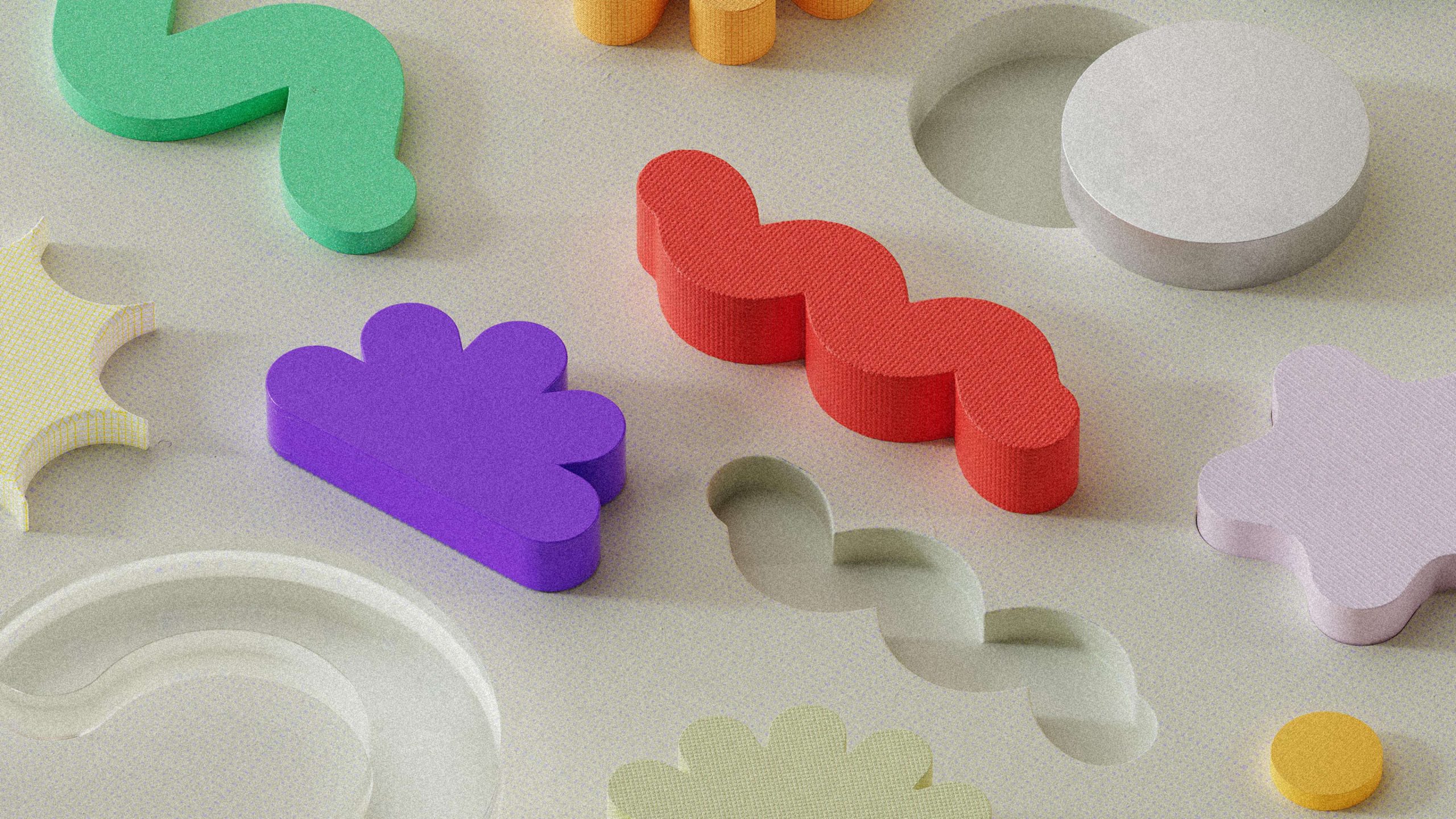
The excursions tackle areas such as what you value in big decisions, the life you are trying to build in the next five to ten years, the qualities of your ideal leaders, and whether your career is about company, craft, or cause. By completing the excursions, you walk into the interview process with a clear view of what will matter most.
3. Interviews are like first dates: Both reveal very little about compatibility.
The movement towards culture decks, employee brands, and beautiful career websites built to attract the best talent has had some unintended consequences. The biggest is that recruiting has become more marketing and manipulation than a fair assessment of fit. The numbers back this, like those from a recent survey by Resume Builder in which 40 percent of managers admitted to lying during an interview process.
As a candidate, you must realize that everyone shows up on their best behavior. Thus, we aren’t getting deep enough to see and feel what life will be like if we choose this path. The book provides questions and strategies for finding clarity to make better career choices. The average adult will spend 13.5 years at work, so these decisions matter.
4. Onboard with the mindset of assessing for the right fit versus assimilating to fit in.
No matter how good of an investigative journalist you are, what you are sold in recruiting will be different from what it feels like to work at a company daily. There is no such thing as a perfect fit. However, the fewer dimensions where you have to fit in or change the way you prefer to work, the easier the work will be. Fitting in is like trying to write every day with your non-dominant hand. You can do it, but it is more stressful and frustrating, the quality of work goes down, and it takes more effort, leaving you depleted.
5. Fit is a two-way street.
Companies can help create fit by rediscovering how they work at their best and sharing that with their employees and prospects. No two companies work the same way. But as all companies grow, they bring in talent from the outside. That talent arrives with both valuable technical skills and their own favorite ways of working. If companies are not careful, over time, the secret sauce to their successful workflow gets diluted or disappears, and the company becomes an amalgamation of all these different favorite ways of working. This is why we are led to think a bigger company means harder work. It doesn’t have to, so long as ways of working are kept solid. It starts with companies rediscovering their secret sauce and then re-recruiting talent with it in mind.
Joining a company is a commitment not unlike marriage, but in these days of infinite browsing, FOMO, and job hopping being worn like a badge of honor, we are missing something that matters at a foundational level: deep connection and belonging. The unseen cost of job hopping is resetting our relationship capital back to zero, our reputation back to zero, and the labor of learning a whole new system and work language. That can be exciting once in a while, but remember that you have a finite amount of creative energy, and when you move jobs, that energy flows to the transition, not to your craft. The more you move, the more your top skill becomes moving. Spend more time looking for the right fit so that you spend more of your 13.5 years at work energized, engaged, fulfilled, and happy.
This article originally appeared in Next Big Idea Club and is reprinted with permission.
(10)
Report Post

